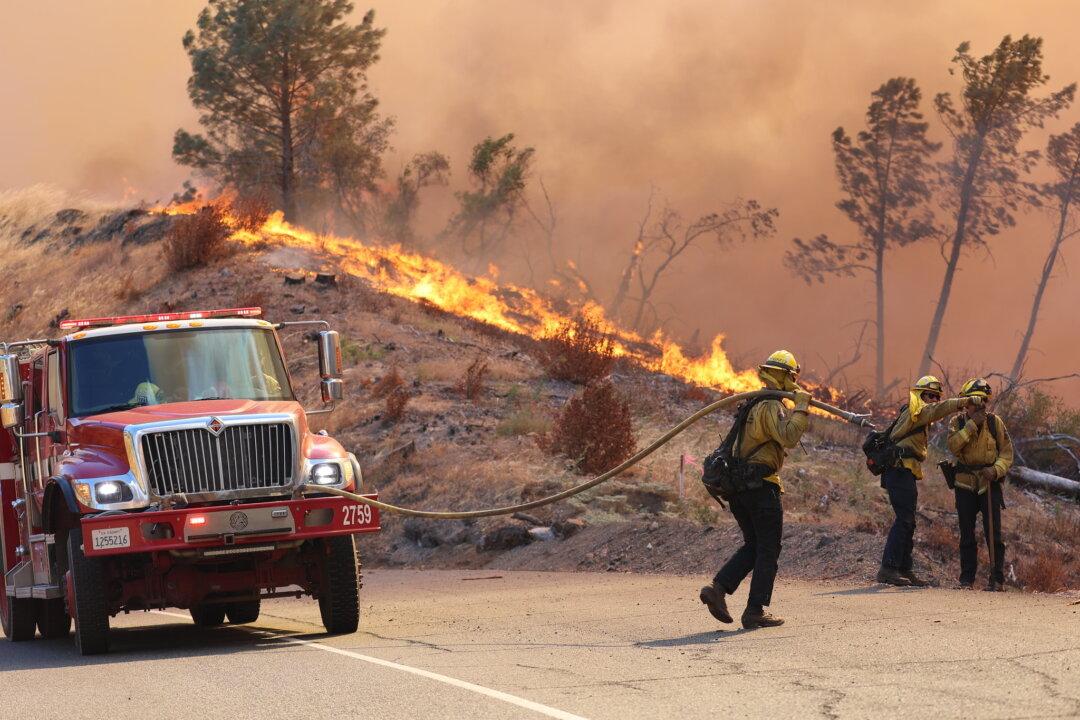Crews battling California’s Park fire faced hotter and drier weather Aug. 5 and the massive blaze continued burning through steep canyons and dead brush.
The higher temperatures and lower humidity were forecast to arrive in Tehama County, where most of the fire burned Monday, along with seasonal winds.





